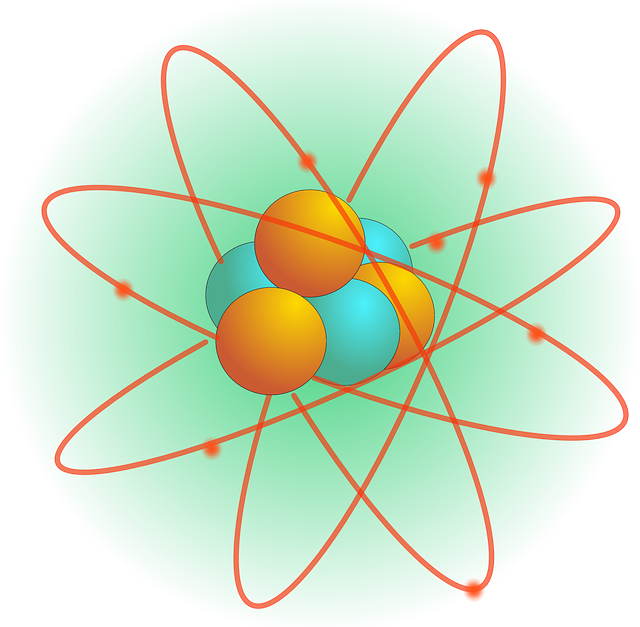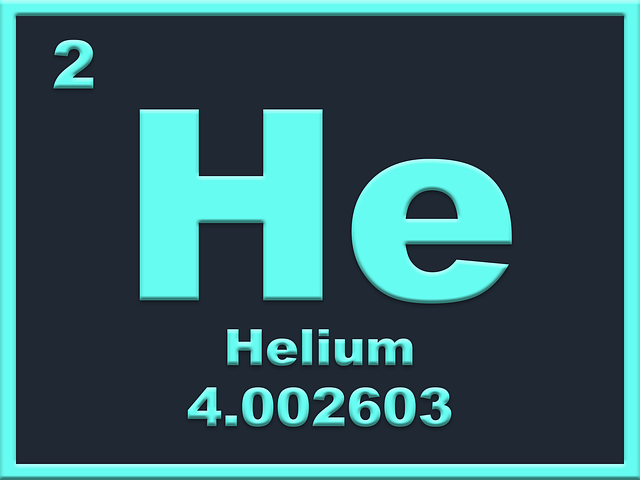Valence electrons are those electrons that are in the outermost shell of an atom. These electrons are used to bind with other atoms through chemical bonding. Nitrogen has 7 electrons in total. The ground state electronic configuration of Nitrogen is 1s2,2s2,2px1,2py1, 2pz1. Nitrogen has 5 valence electrons, two are in the 2s-orbital while the remaining three are in the 2p-orbital. Nitrogen has Oxidation states −3, −2, −1, +1, +2, +3, +4, +5.
What is nitrogen?
Nitrogen is a chemical element, It has an atomic number (symbol Z) 7. It has 7 electrons in K and L shell while 7 protons and neutrons in its nucleus. The electronic configuration of Nitrogen is 1s2, 2s2, 2p3. It is a p-block element. The electronegativity of Nitrogen is 3.04. Oxidation states of Nitrogen can be −3, −2, −1, +1, +2, +3, +4, +5. It could be found in period 2 and group 15 (Nitrogen family or pnictogens) of the periodic table. The standard atomic weight of nitrogen is 14.007. Nitrogen has two stable isotopes Nitrogen-14 and Nitrogen-15. It was first discovered by Daniel Rutherford in 1772 who called it ''noxious air''. Later on, it was named by Jean-Antoine Chaptal. At standard temperature and pressure, it is a colourless gas. When its temperature is decreased to -196 °C it changes into a colourless liquid. 78% of Earth's atmosphere is consists of Dinitrogen. It is the 4th abundant element found in the human body and 3% by mass. It is a part of RNA, DNA and proteins etc. It is an important element of propellants, fertilizers and Kevlar (synthetic fibre) as well as super glue etc.





